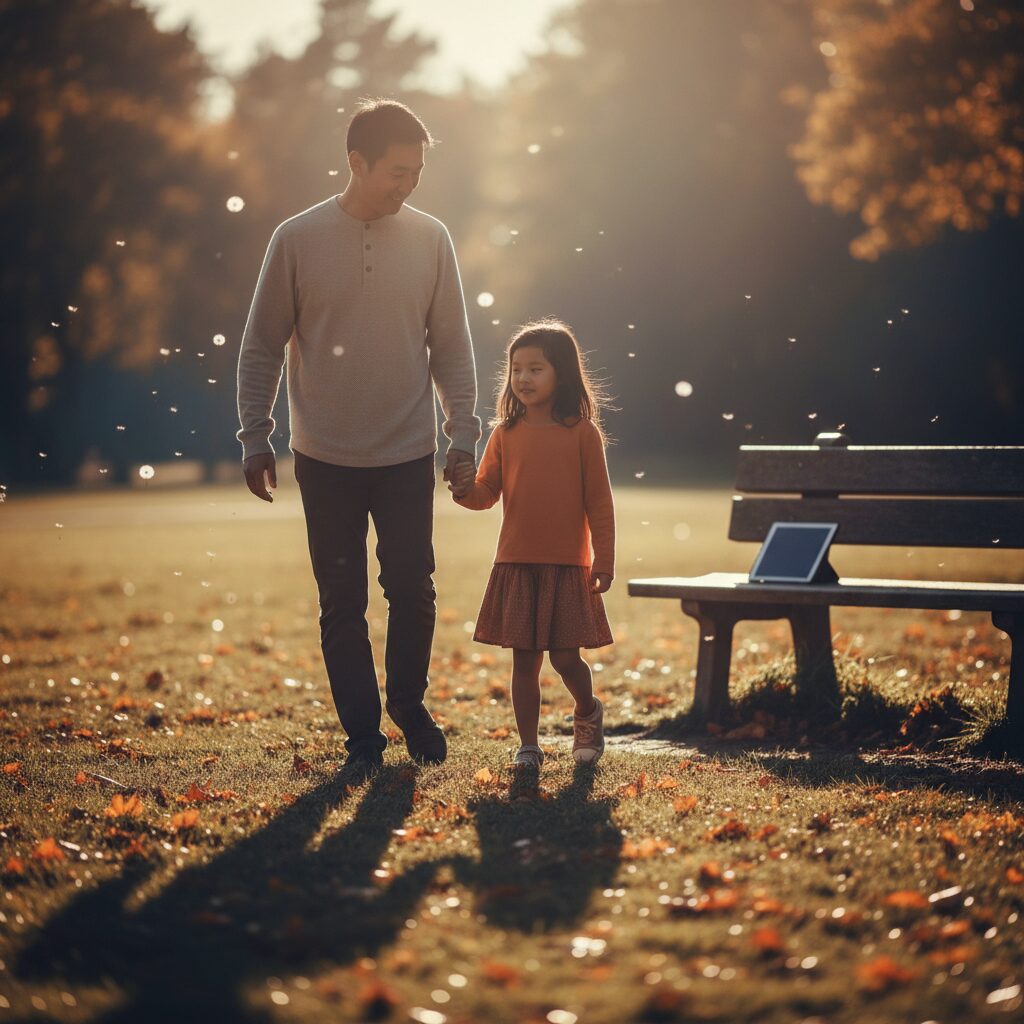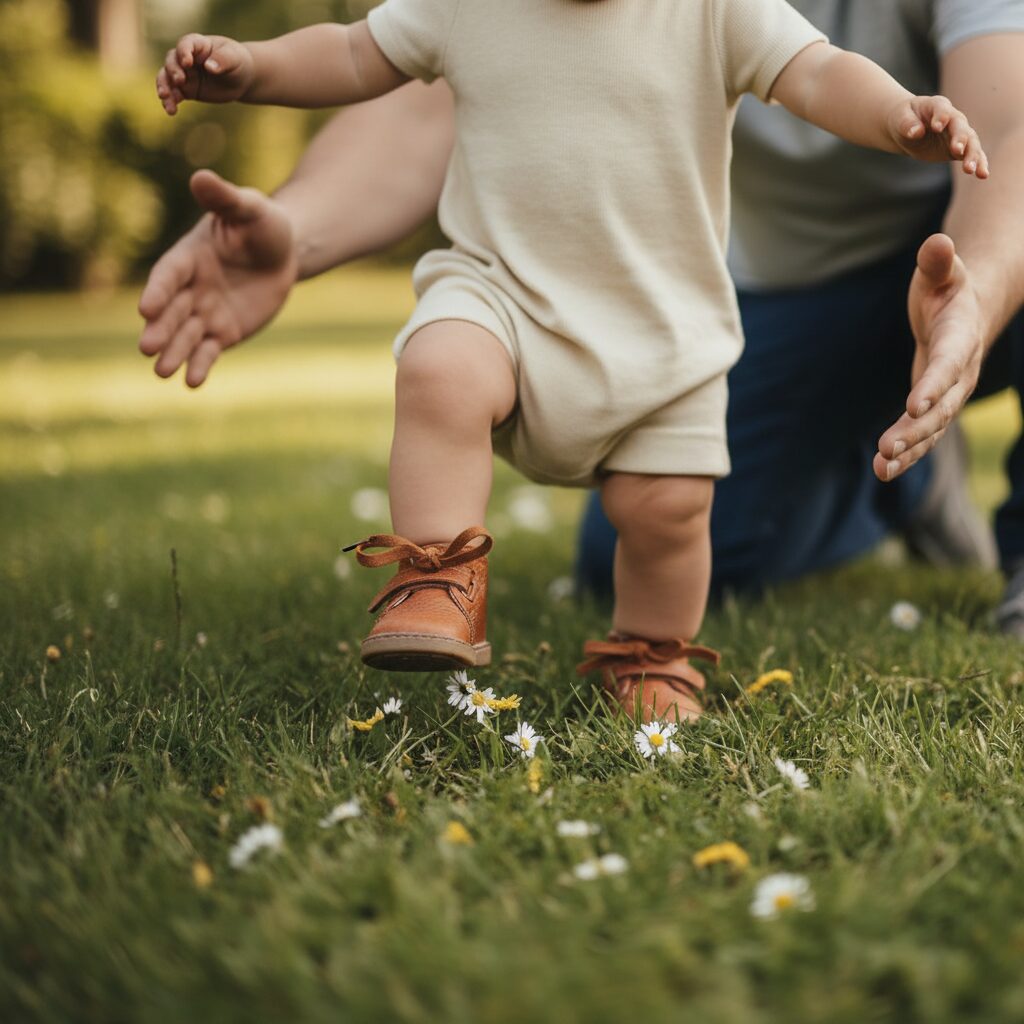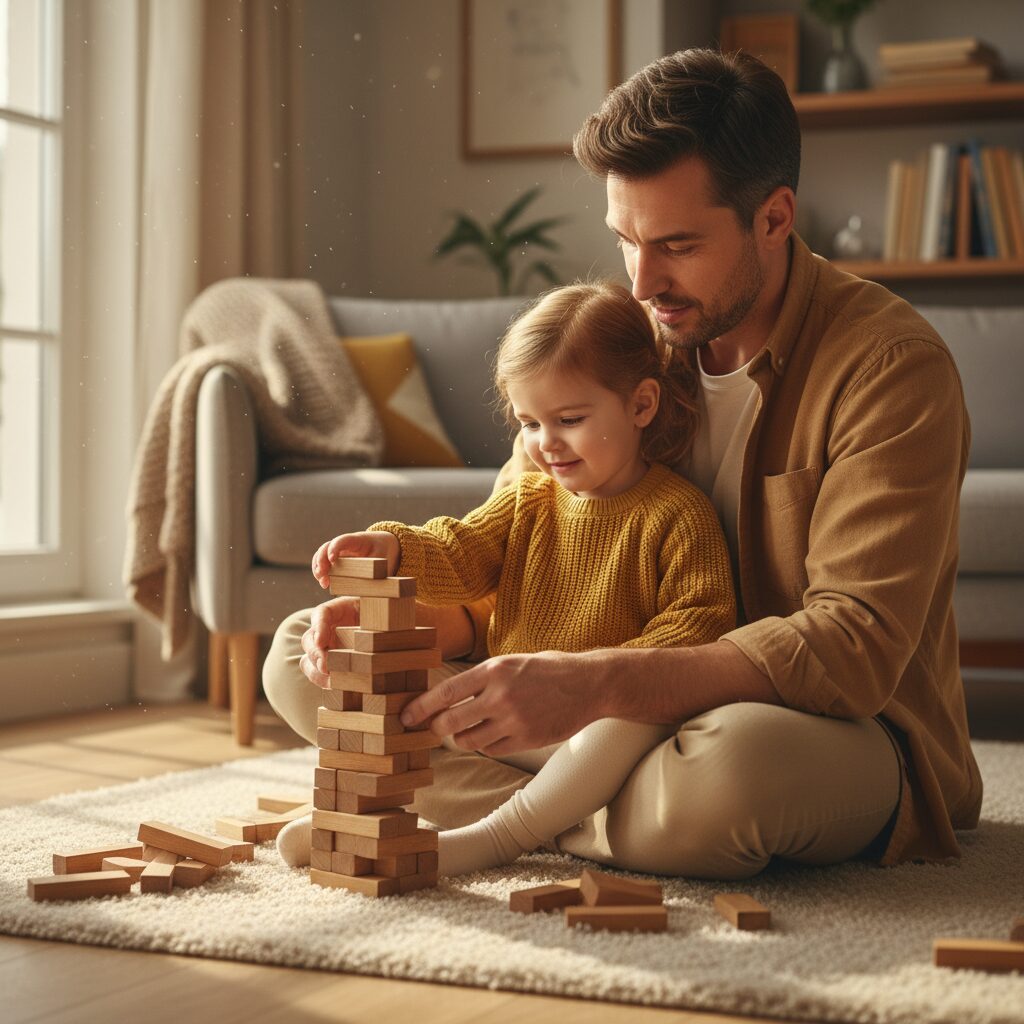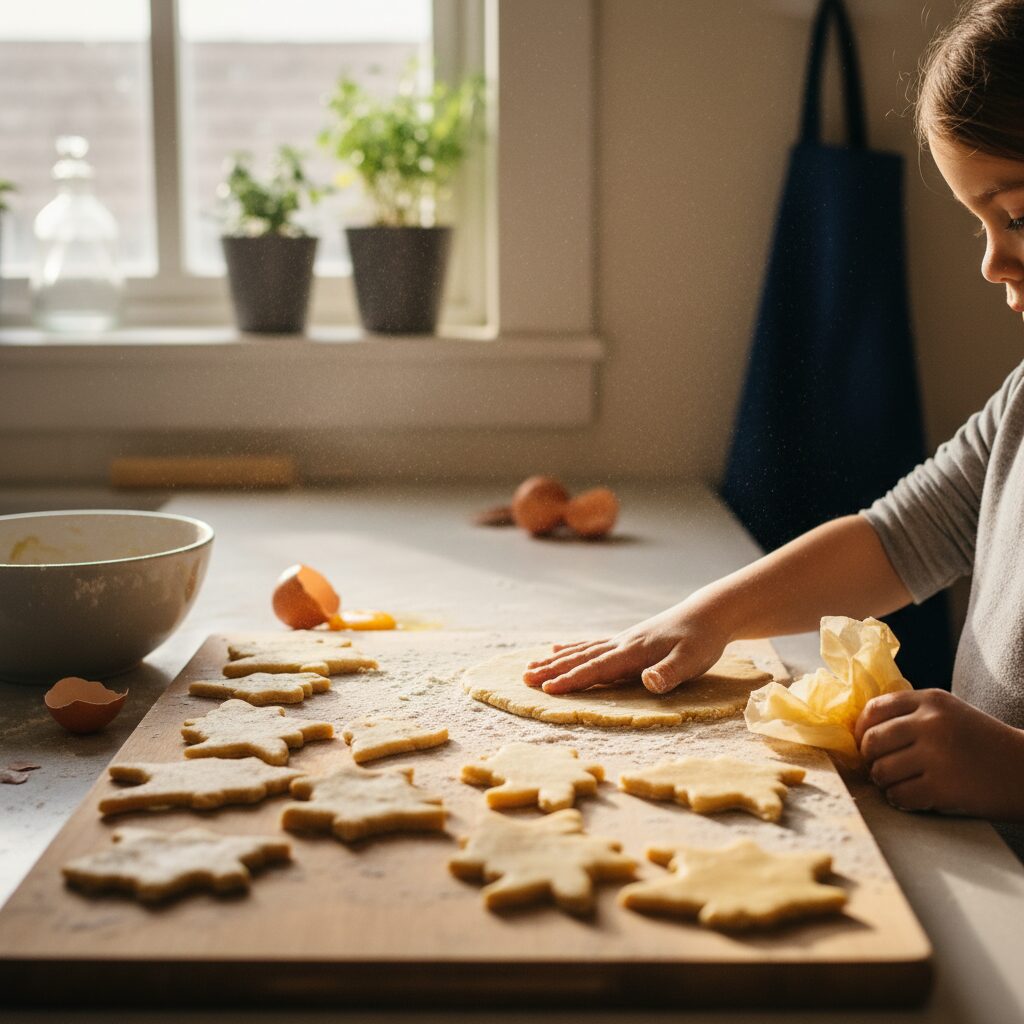Tiny Hands Need Real Hugs, Not AI Magic
That Look in Their Eyes When You *Really* Show Up

You know that proud grin when they finally pedal without training wheels? That’s trust formed in real time. We watch grandparents blow out birthday candles on tablets and order pizza through apps, yet something primal tugs us toward the messy magic of hands-on moments. Research shows live experiences build irreplaceable connection—the ‘I believe in you’ spark no algorithm can mimic. And parents feel it deep: in the way scraped knees heal faster when bandaged with our kisses, not perfect looped animations.
Why Do Wobbly First Steps Build More Trust Than AI?

Child development studies confirm something beautiful—90% of lasting assurance forms through mismatched socks they put on themselves. Through flour-dusted noses during failed cookie decorating. Through your face—not FaceTime—reflecting pure joy after their cardboard rocket flops spectacularly. Like when my daughter’s spaceship crashed minutes after launch; we high-fived the ‘epic disaster’ and rebuilt it taller, laughing at our lopsided engineering.
Tech wows kids with quick fixes, but real trust? That’s earned in sidewalk chalk galaxies drawn together before rain washes them away. Their sweaty park-bench grip after conquering monkey bars whispers what no heart emoji could: ‘You saw me try. You’re my safety net.‘
How Can Simple Presence Beat Robotic Reliability?

Kids crave eye contact like we crave morning coffee—basic fuel for connection. My halmoni always said hands teach more than screens, whether shaping kimchi pancakes or holding steady during bike rides. Today’s studies prove her right: 80% of children rank undivided attention as their ultimate trust-builder.
Your piggy bank of trust gets richer through:
- Predictable presence: Saturday pancake flipping becomes their emotional savings account
- Shared fumbles: Burning holiday cookies? Turn it into maple syrup snow candy experiments!
Why Embrace Imperfect Moments Over Perfect Pixels?

Live moments thrive in glorious imperfection—like clinging to skating rink walls together before collapsing in giggles. Scientists confirm children’s brains light up brightest during unstructured play. Every mud pie masterpiece or sidewalk chalk explosion celebrates human unpredictability AI sanitizes away.
My neighborhood potluck taught me this: swap screen prompts for spontaneous ‘what if’ adventures. ‘What if we build the tallest domino tower before lunch?‘ Watch little hands fumble blocks—and trust muscles flex.
What Real-Life Trust-Building Tools Beat Apps?
Learning comes alive when we ditch perfection. Research shows kids retain 72% more through hands-on fails than polished tutorials. What works for us:
- Voice vote: ‘@Should we bake rocket-shaped cookies or dinosaur pancakes?’ (Then embrace the delicious mess!)
- Slow-motion walks: Notice brave sidewalk weeds growing through cracks—nature’s resilience lesson
When Should Screens Step Back for Real Moments?
Balance isn’t binary. We ask Alexa how frogs breathe underwater—then hunt real tadpoles at the creek. That amazed gasp when discovering frog eggs? Priceless. The hug after they trip carrying the jar? Unfakeable trust glue.
One truth remains: 100% of scraped knees heal better with your real lap beneath them. Screens couldn’t replicate that security if they tried.
How Do Real Experiences Shape Kids Beyond Data?

Legacy lives inside rainy-day living room dance parties and failed baking experiments that somehow taste wonderful. Like today’s partly cloudy sky—perfect for cloud-story contests after school. No VR needed when real imagination (and sticky hand-in-hand warmth) paints the story.
So look up from screens. Lock eyes when they recount their ‘boring’ day. Say ‘I see you trying’ without words. Watch trust blossom like dandelions through concrete—persistent, hopeful, real.
Source: Live experiences are the best way to build trust, The Drum, 2025-08-28
